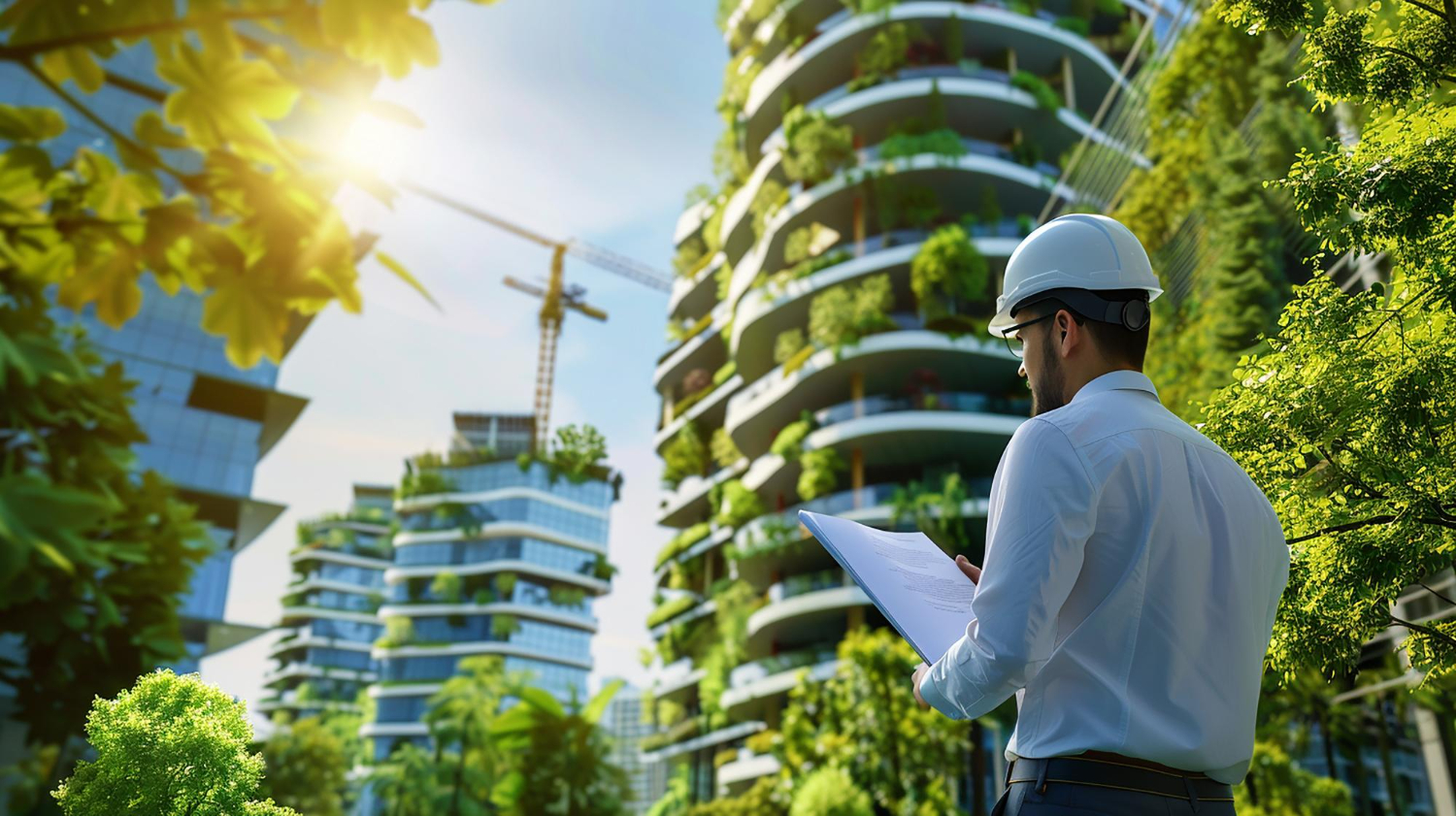Modern engineering is at a crossroads where innovation meets responsibility. The increasing need for sustainable practices in infrastructure and design has transformed the way engineering projects are conceptualized and executed. By integrating eco-friendly materials, energy-efficient technologies, and adhering to California’s robust environmental regulations, engineering professionals are now leading the way toward a more sustainable future. This article explores the core principles of green engineering and how you can incorporate sustainability into your technical and design processes.
The Principles of Sustainable Engineering and Design
At its core, sustainable engineering aims to minimize environmental impact while maintaining functionality and innovation. The key principles of sustainable design include optimizing resource efficiency, reducing waste, and prioritizing renewable energy sources. From renewable power solutions for manufacturing processes to water-saving systems in urban planning, these principles ensure both economic and environmental benefits.
For engineering managers and project leaders, sustainability involves examining the entire lifecycle of a project—from the selection of materials to the energy consumption and recyclability of final designs. By implementing these principles, engineering teams can create innovative solutions that meet both ecological and market demands.
California’s Environmental Regulations and Compliance Strategies
California has set a high standard for environmental responsibility. With policies such as the California Environmental Quality Act (CEQA) and strict greenhouse gas (GHG) emission targets, engineering projects within the state must meet rigorous compliance mandates. These regulations demand careful attention to every stage of project planning and execution.
For example, design professionals working in California must often conduct environmental impact assessments (EIAs) and develop mitigation plans to address potential harm to the ecosystems surrounding their projects. Planning teams can also leverage state-provided resources, such as the CalRecycle platform, to better align with California’s progressive waste reduction goals. Adhering to these policies ensures not only compliance but also an opportunity to set industry benchmarks for sustainable engineering.
Using Green Materials and Energy-Efficient Technologies
The selection of sustainable materials plays a pivotal role in green engineering. Incorporating recycled steel, low-emission concrete, and bio-based composites into projects reduces the carbon footprint and promotes energy efficiency. Additionally, the integration of renewable energy sources, such as solar power systems and wind turbines, helps ensure long-term operational sustainability.
Energy-efficient technologies, such as smart HVAC systems and LED lighting, also contribute to eco-friendly infrastructure. By designing buildings and structures that utilize these technologies, project leaders can reduce energy consumption while maintaining high performance and occupant comfort. Together, green materials and energy-efficient solutions represent a forward-thinking approach to technical design.
The Role of Digital Tools in Sustainable Planning
Digital tools like Computer-Aided Design and Drafting (CADD) and Building Information Modeling (BIM) are revolutionizing sustainable engineering. Using these platforms, design professionals can simulate energy usage, optimize material selection, and identify environmental impacts before construction even begins.
BIM, in particular, allows multidisciplinary teams to collaborate on designing eco-friendly layouts with precision. It enables real-time adjustments to resource utilization and even integrates data on lifecycle costs for materials. This digital-first approach ensures that projects not only meet compliance standards but also align with best practices in sustainability.
How Technical Staffing Supports Green Infrastructure Projects
Successfully implementing green engineering strategies requires access to skilled professionals who specialize in sustainability. From environmental engineers to energy consultants, having the right team in place is crucial to meeting both project goals and regulatory demands.
By partnering with experienced staffing firms like Darnell Technical Services, engineering managers can connect with top talent who bring expertise in eco-friendly design, energy-efficient technologies, and regulatory compliance. Whether for short-term projects or long-term infrastructure planning, a well-equipped team ensures that your project is built on a foundation of sustainability.
Looking for Trusted Technical Talent or Project Support?
At Darnell Technical Services, we connect companies with skilled professionals in engineering, architecture, and infrastructure. Whether you need temporary staffing or long-term project support, we’re here to help you succeed.
📞 Contact us today at Corporate (714) 285-0082 or Las Vegas Office (702) 829-8446 — let’s build something great together.








